A dragonfly exuvia was spotted by a friend at an unknown location in Northern Virginia. This specimen is a member of the Family Gomphidae (Clubtails). Here’s the decision tree I used to tentatively identify the exuvia as a member of the Clubtail Family.
- The specimen has a flat labium (not mask-like).
- Antennae are club-like (not thin and thread-like, as in Aeshnidae).
- Eyes not exceptionally large compared to the size of the head (not large, as in Aeshnidae).
Gomphidae is the second largest family of dragonflies, so it could be challenging to identify this specimen to the genus and species level.
Photo Set 1
Notice the labium isn’t mask-like, that is, doesn’t cover the face of the larva/exuvia.
Photo Set 2
Photo Set 3
The preceding composite image is a stack of 11 focus layers, moving from front-to-back across the face and head of the exuvia. Notice the labium isn’t mask-like, that is, doesn’t cover the face of the larva/exuvia. Also notice both antennae are club-like and most of the right antenna (facing forward) is missing.
Photo Set 4
The following macro photo shows a close-up of the face and head of the exuvia. The photo clearly shows the flat labium doesn’t cover any part of the face. Look closely at the full-size version of this image and you will notice two movable hooks at the front of the labium (see annotated illustration); they are reddish in color and the one on the left (relative to the photo) is more clearly in focus than the one on the right.
Most, but not all, species of Gomphidae larvae are burrowers. The specimen is noticeably dirty — perhaps that indicates this individual is a burrowing species of clubtail dragonfly.
Related Resources
- Vimeo video: Identifying dragonfly larva to family (8:06)
- Anatomy of a Dragonfly Larva, annotated illustration courtesy Jay Smith
- Odonate Exuviae, by Walter Sanford
Tech Tips
The following equipment was used to shoot the preceding photographs:
- Photo Set 1: Canon EOS 5D Mark II digital camera; Canon EF 70-200mm f/2.8L zoom lens plus Kenko macro automatic extension tubes [12-, 20- and 36mm extension tubes (68mm, stacked)]; Canon 580EX Speedlite (on-camera, in ETTL mode).
- Photo Set 2: Canon EOS 5D Mark II digital camera; 50mm lens (“Nifty Fifty”) plus Kenko macro automatic extension tubes [12- and 36mm extension tubes (48mm, stacked)]; Canon 580EX Speedlite (ETTL mode) off-camera, using a pair of Yongnuo YN622C II Wireless Flash Trigger Transceivers; Nissin i40 external flash (off-camera, in Video mode); external flashes augmented by iPhone flashlight app.
- Photo Set 3: Canon EOS 5D Mark II digital camera; 50mm lens (“Nifty Fifty”) plus Raynox DCR-250 close-up filter; Canon 580EX Speedlite (ETTL mode) off-camera, using a pair of Yongnuo YN622C II Wireless Flash Trigger Transceivers; and a Nissin i40 (off-camera, in SF mode).
- Photo Set 4: Panasonic Lumix DMC-FZ150 plus Raynox DCR-250 close-up filter; Canon 580EX Speedlite (on-camera, in Manual mode); Nissin i40 (off-camera, in SF mode).
Adobe Photoshop CC 2015 was used for minor touch-up work on the background of all photos.
Copyright © 2016 Walter Sanford. All rights reserved.
Tags: Clubtail Family, exuvia, focus stacking, gear talk, Gomphidae, wildlife photography
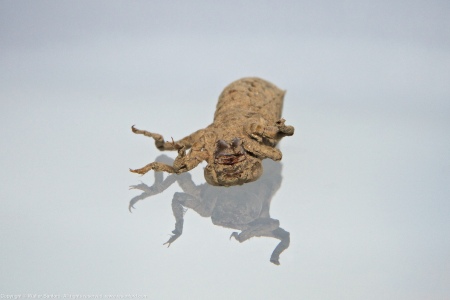
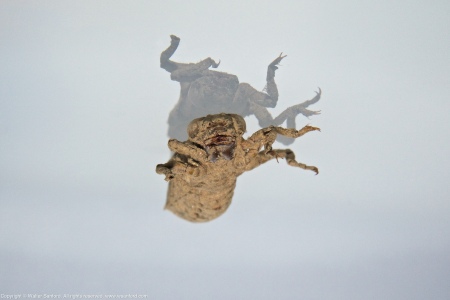
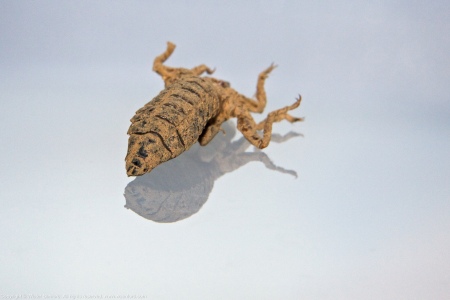
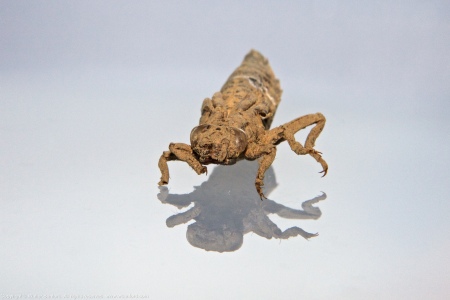
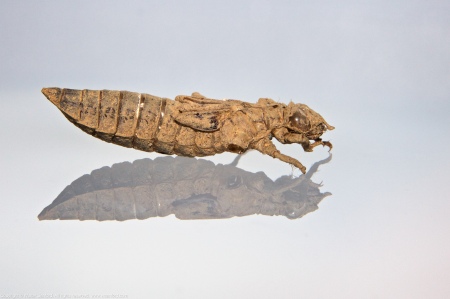
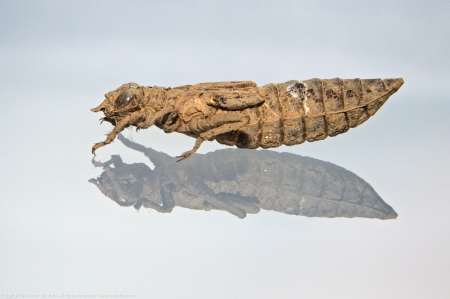
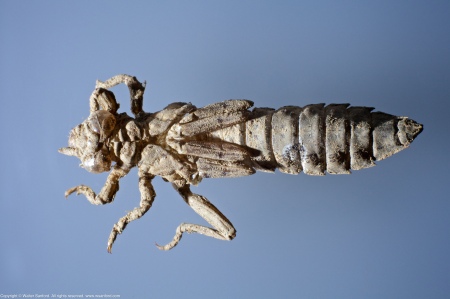

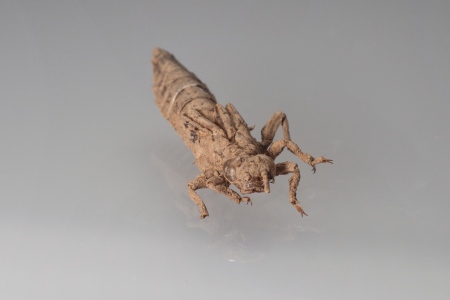
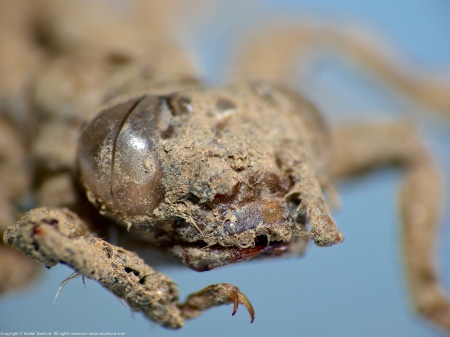
Leave a comment